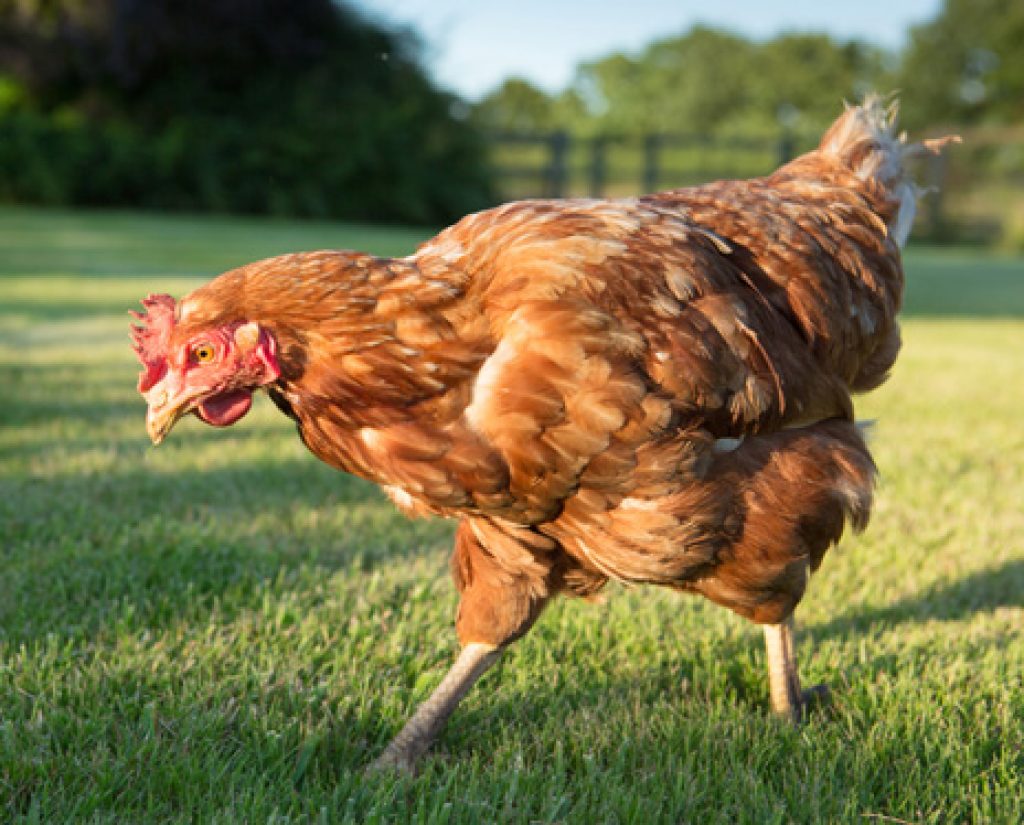If you haven't yet viewed the video of Ken Lee's (VanGogh Imaging) presentation at September's Embedded Vision Summit, I commend it to your perusal. Lee begins with a quite hilarious story about an on-site audition he did of one of the first implementations of the company's products…running on automated inspection equipment at a hog farm, and used to monitor animal health. As it turns out, however, such an embedded vision application seems to be fairly common.
Check out, for example, a recently published article in IEEE Spectrum, entitled 'Machine Vision Sees Into Chickens' Futures'. Here are a few choice excerpts from author Lucas Laursen's prose:
A jump to the left and a step to the right are signs of healthy activity, as chicken farmers who stroll among their flocks already know. Now a team led by robotics engineer Stephen Roberts at the University of Oxford has found that patterns in the collective motion of a flock of chickens can help farmers predict disease weeks before onset.
Roberts and animal-welfare researchers at Oxford first tested their pattern-detection system by asking it to warn farmers before a flock got “peckish.” That’s not a euphemism for “hungry.” Well-fed hens, it turns out, sometimes take out their worm-hunting instincts on one another. The system, which consisted of cameras recording a flock, followed by computer analysis of the footage, beat human experts at flagging the at-risk flocks before the madness took its toll...
After their success predicting the hen-peckers with their chicken-coop cameras, Roberts and colleagues turned to hock burn. The team recorded 24 flocks of 34 000 broiler chickens each, raised in four henhouses. That gave them a larger data set than they had for their previous study, which monitored 18 smaller flocks of laying hens. They also updated their algorithm, which analyzes “optical flow”—the pixel-to-pixel changes from one scene to the next—to look for measures of flock movement that correlate with hock burn.
They then searched for differences in the optical flow of flocks at various dates throughout the chickens’ lifetime. At two weeks of age, the optical-flow analysis could already detect differences between healthy flocks and those that later developed hock burn…By aggregating day-to-day video records, the Oxford team made a dramatic improvement in their algorithm’s ability to predict disease. By aggregating data from the flocks’ first two days of life, the team predicted which flocks would show hock burn symptoms two weeks later.
Quite peckish, eh? Cluck cluck…


